'Kiosk: The Last Modernist Booths' book chronicles a little-known area of Eastern Bloc architecture
Zupagrafika brings Kiosk design, a forgotten slice of socialist architecture history, to life with this collection of modular, modernist booths

This new book about kiosk design exemplifies how the internet transformed interest in ultra-niche aspects of contemporary design into moderate-sized cults. In the hands of a skilled photographer, fading styles, forgotten movements and long-overlooked designers can all be given a second wind in the digital era. Perversely, this has also led to a modest but significant uptick in design publishing, as the market for this kind of imagery becomes algorithmically assisted.

UFO, a two-module 'Bathyscaphe' in Biała Podlaska, Poland
Delve into modernist kiosk design
This book features the photography of David Navarro and Martyna Sobecka, founders of Zupagrafika, a specialist publisher and design studio founded in 2012. Zupagrafika, based in Poznań, Poland, was set up to celebrate ‘modernist and brutalist architecture, design and photography in a unique and playful way,’ and has built up a broad portfolio of books and other media (like their ‘brutal kits’).
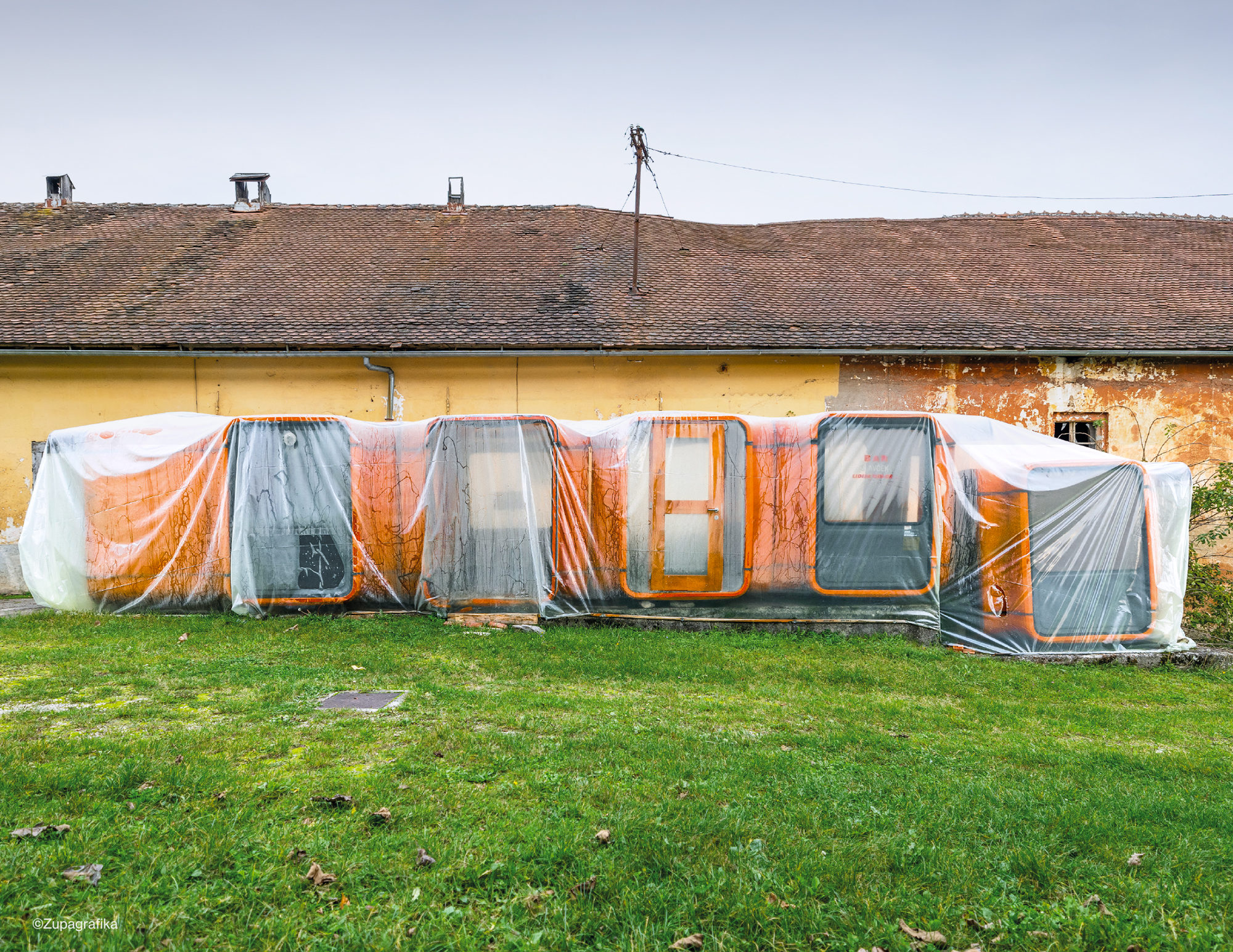
Seven-module K67 awaiting renovation in Novo Mesto, Slovenia
KIOSK is Navarro and Sobecka’s latest publication, a photographic catalogue of 150 modular kiosk structures that remain scattered across the former Eastern Bloc. These brightly coloured, factory-built kiosks had a wide range of uses, from town centre stores to market stalls, security posts and even beach shelters.
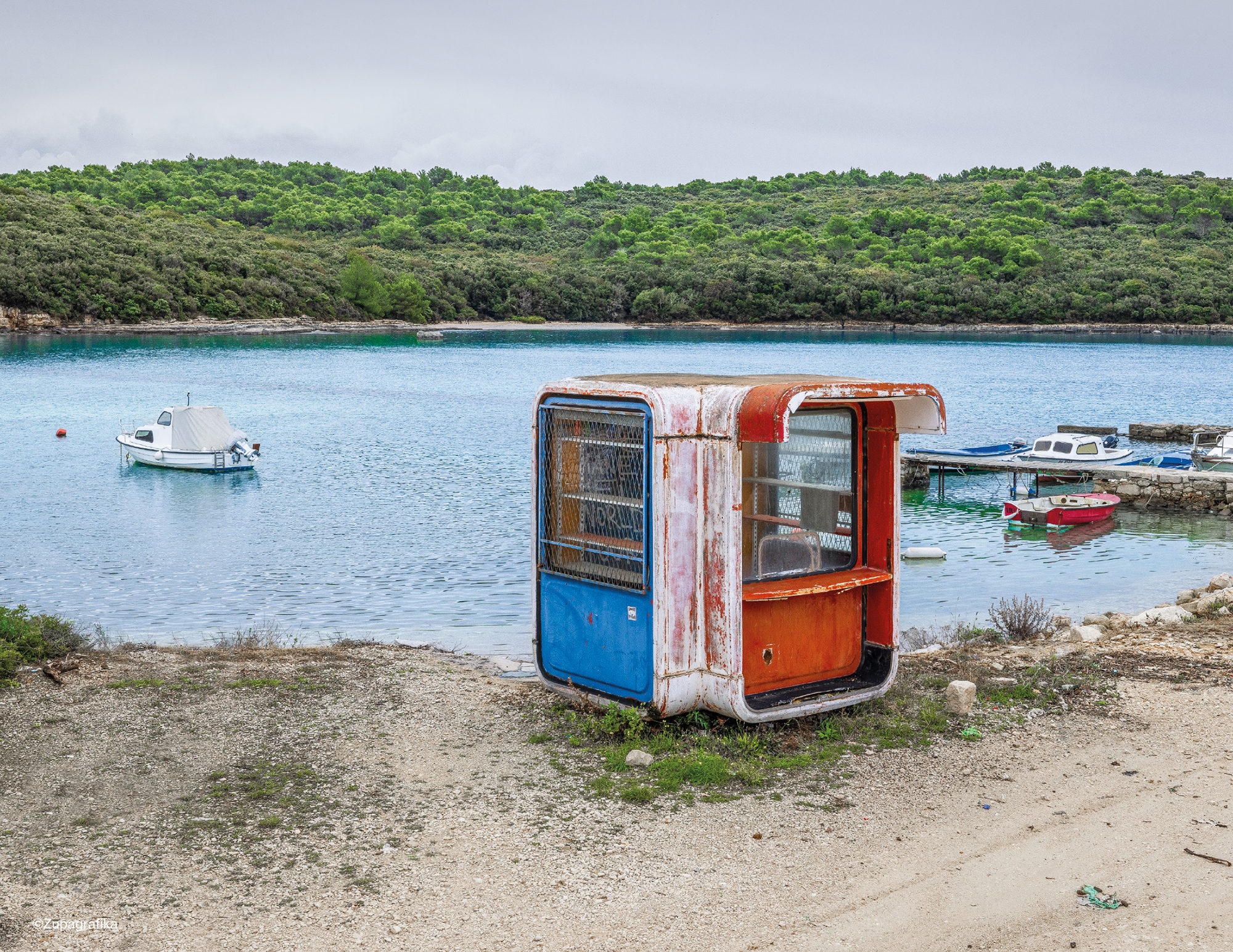
An abandoned K67, element A, in Pula, Croatia
The authors have hunted down over 150 survivors, many of which are still in daily use, while others await a revival in their fortunes. Modular designs, like Slovenian architect Saša J. Mächtig’s K67 system and its various equivalents in Poland, Macedonia, Russia and elsewhere, are featured in all their faded glory, many still serving up food and newspapers, or simply providing a place to get out of the weather.
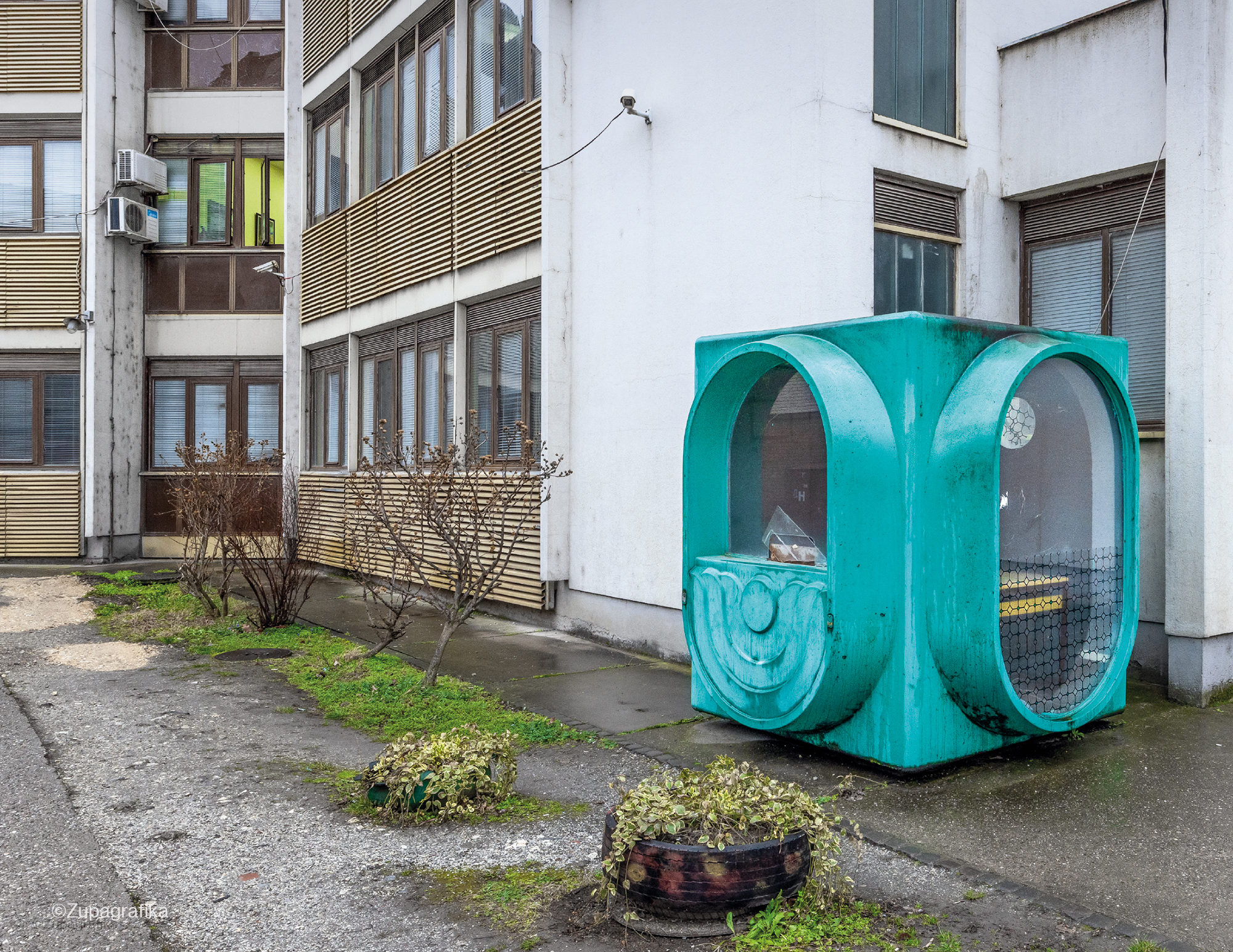
KC190 kiosk originally manufactured in Macedonia, here in Kragujevac, Serbia
Gathered over a decade of wandering through Central and Eastern Europe, these modest pieces of modernist architecture are a vivid slice of socialist design history.
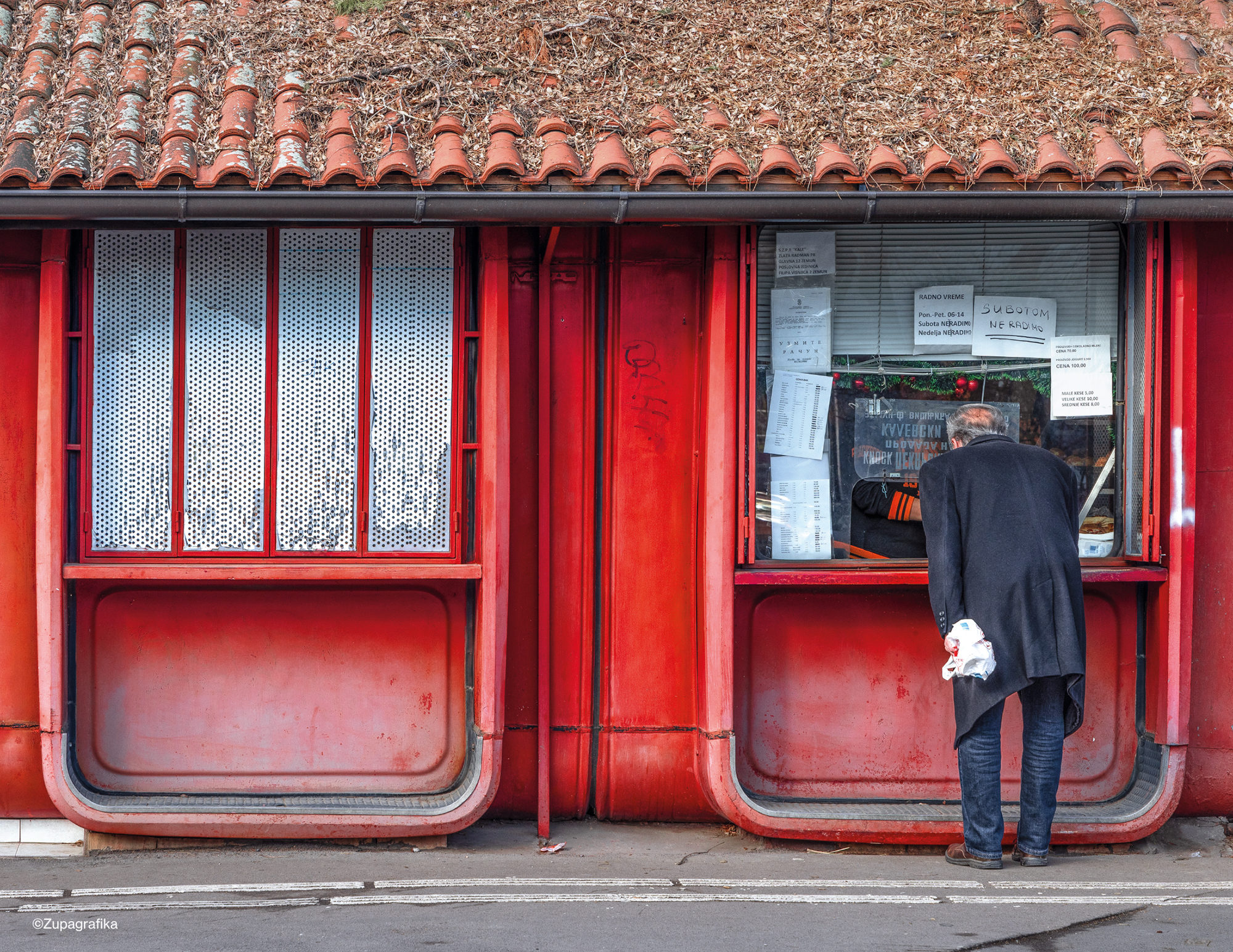
A popular bakery in Belgrade, Serbia, in a double-module K67
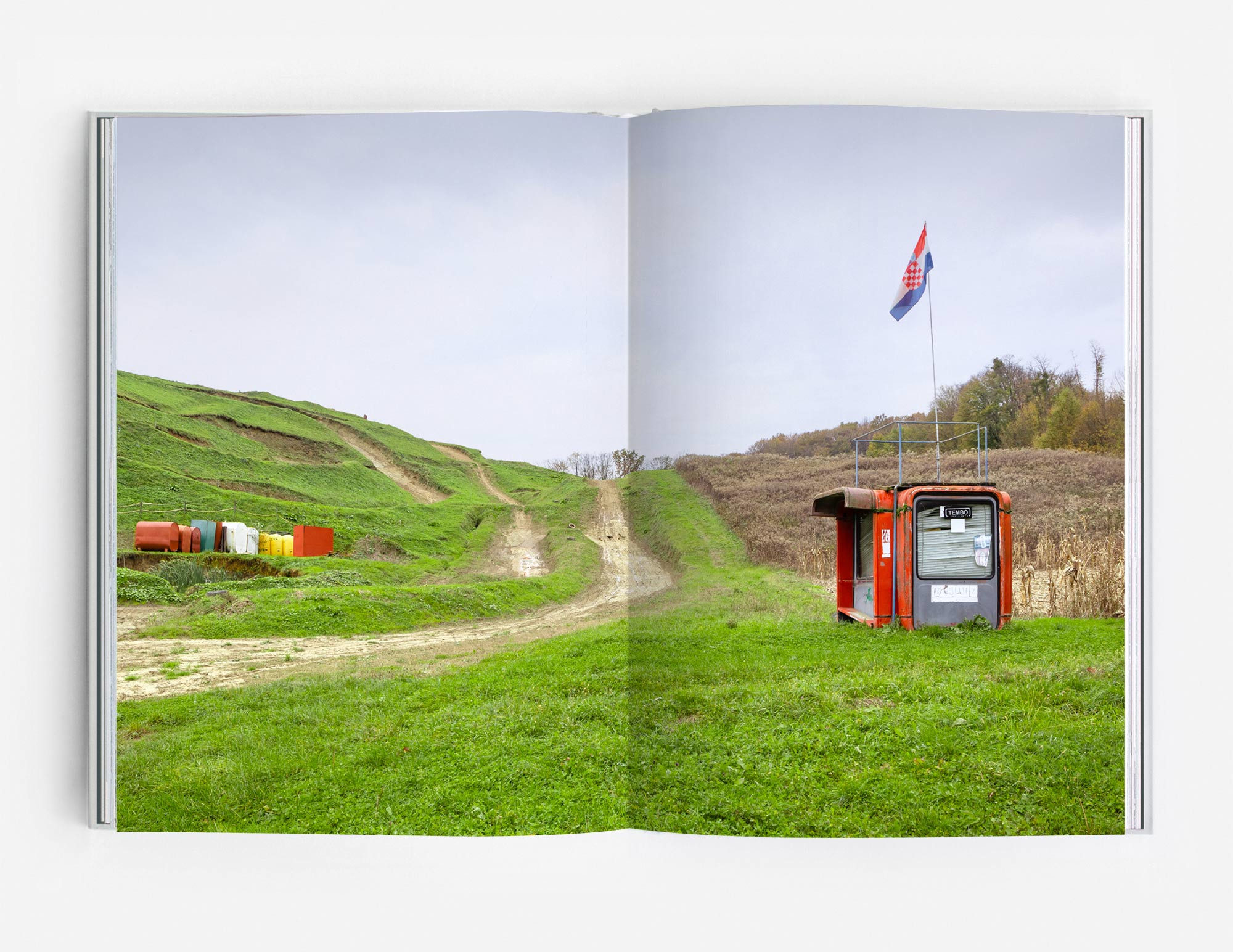
KIOSK: The Last Modernist Booths Across Central and Eastern Europe
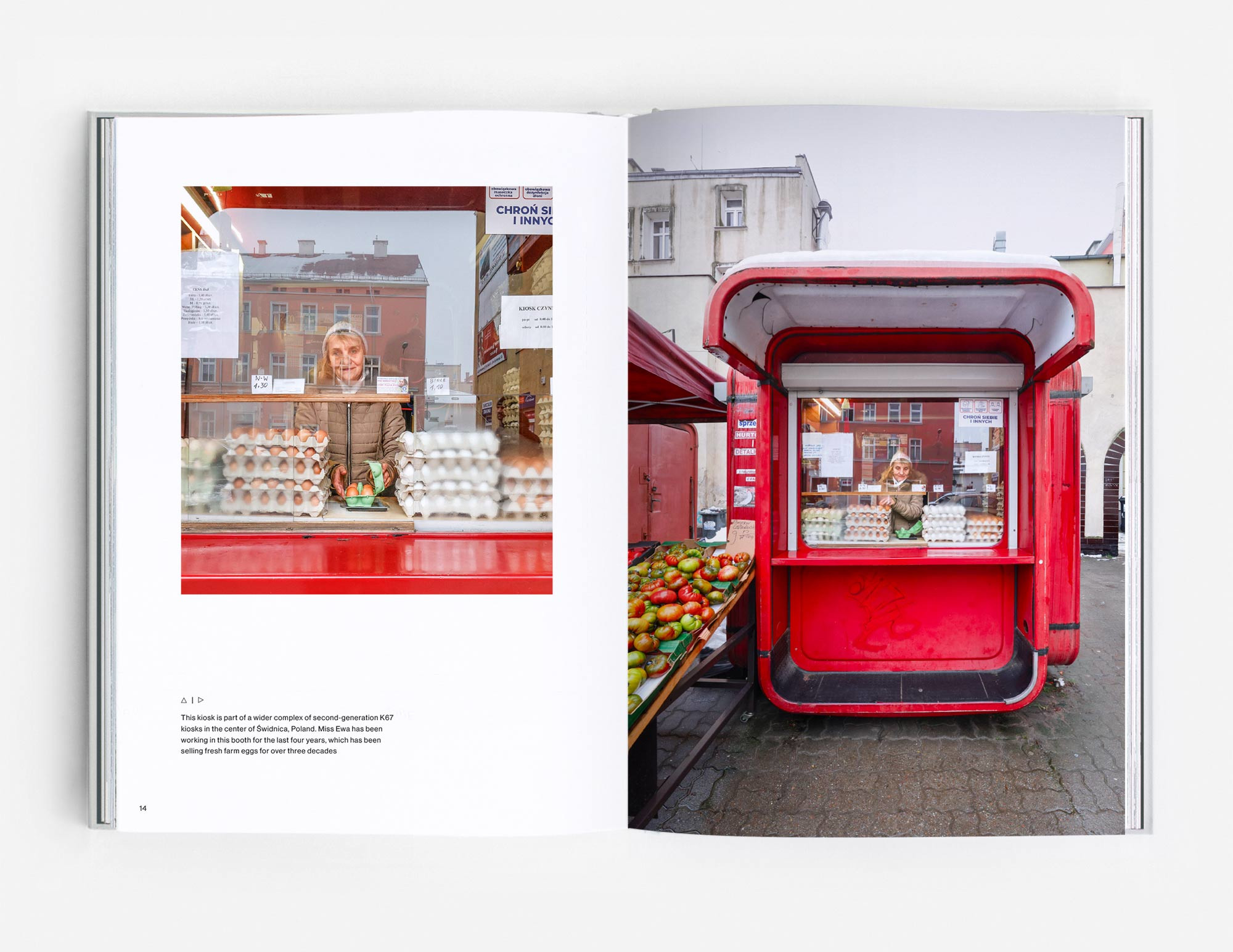
Ewa sells fresh farm eggs in this K67 booth in Świdnica, Poland
'KIOSK: The Last Modernist Booths Across Central and Eastern Europe', Zupagrakia, 26 euros,
Receive our daily digest of inspiration, escapism and design stories from around the world direct to your inbox.
Jonathan Bell has written for Wallpaper* magazine since 1999, covering everything from architecture and transport design to books, tech and graphic design. He is now the magazine’s Transport and Technology Editor. Jonathan has written and edited 15 books, including Concept Car Design, 21st Century House, and The New Modern House. He is also the host of Wallpaper’s first podcast.
-
 Year in review: the shape of mobility to come in our list of the top 10 concept cars of 2025
Year in review: the shape of mobility to come in our list of the top 10 concept cars of 2025Concept cars remain hugely popular ways to stoke interest in innovation and future forms. Here are our ten best conceptual visions from 2025
-
 These Guadalajara architects mix modernism with traditional local materials and craft
These Guadalajara architects mix modernism with traditional local materials and craftGuadalajara architects Laura Barba and Luis Aurelio of Barbapiña Arquitectos design drawing on the past to imagine the future
-
 Robert Therrien's largest-ever museum show in Los Angeles is enduringly appealing
Robert Therrien's largest-ever museum show in Los Angeles is enduringly appealing'This is a Story' at The Broad unites 120 of Robert Therrien's sculptures, paintings and works on paper
-
 David Kohn’s first book, ‘Stages’, is unpredictable, experimental and informative
David Kohn’s first book, ‘Stages’, is unpredictable, experimental and informativeThe first book on David Kohn Architects focuses on the work of the award-winning London-based practice; ‘Stages’ is an innovative monograph in 12 parts
-
 Modernist Scotland explores the country’s impressive legacy of contemporary architecture
Modernist Scotland explores the country’s impressive legacy of contemporary architectureA new book, Modernist Scotland, delves into the art and ambitions of the International Style in post-war Scotland, presenting 150 projects that typify an age of optimism and innovation.
-
 Explore Tom Kundig’s unusual houses, from studios on wheels to cabins slotted into boulders
Explore Tom Kundig’s unusual houses, from studios on wheels to cabins slotted into bouldersThe American architect’s entire residential portfolio is the subject of a comprehensive new book, ‘Tom Kundig: Complete Houses’
-
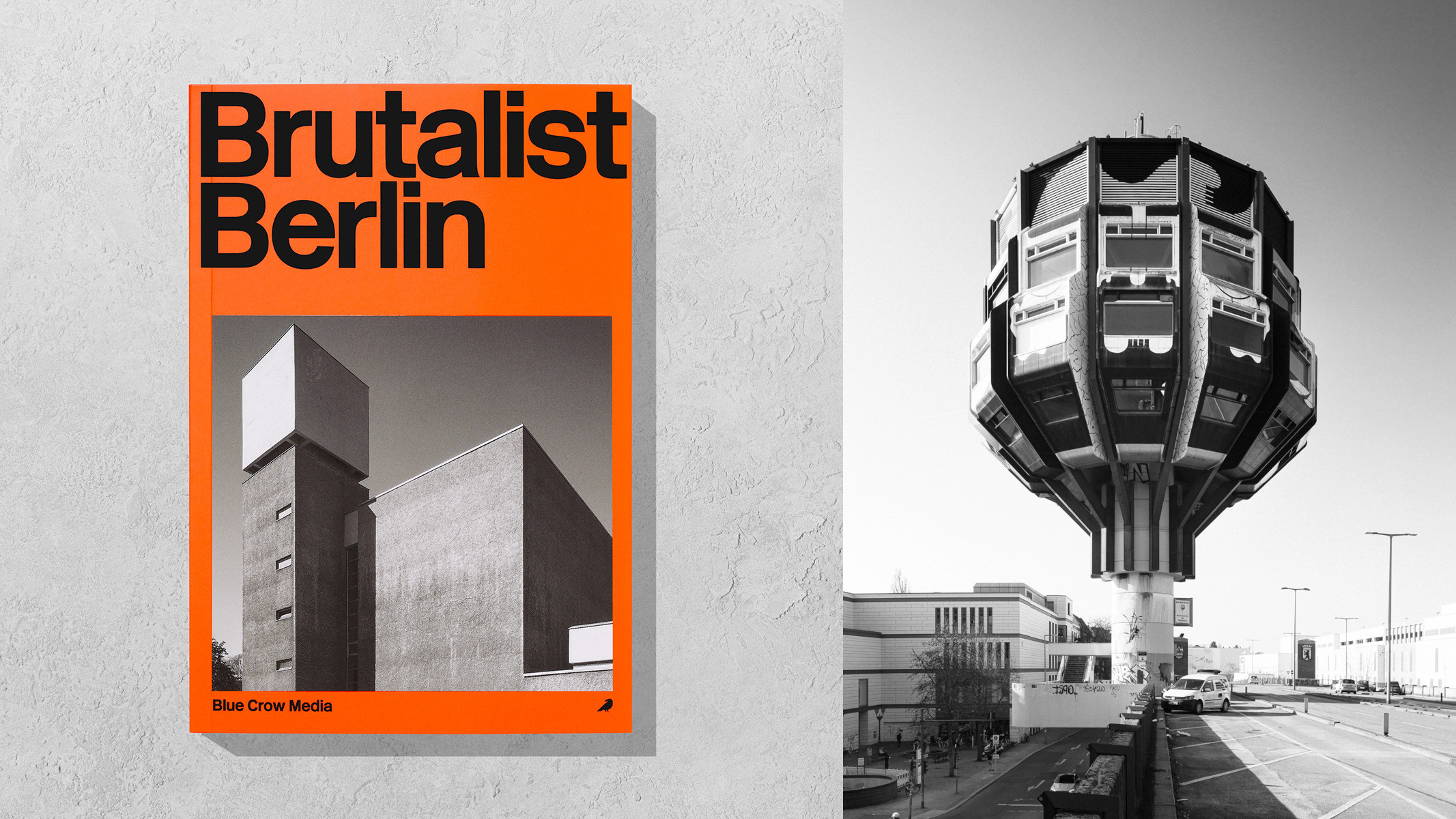 ‘Brutalist Berlin’ is an essential new guide for architectural tourists heading to the city
‘Brutalist Berlin’ is an essential new guide for architectural tourists heading to the cityBlue Crow Media’s ‘Brutalist Berlin’ unveils fifty of the German capital’s most significant concrete structures and places them in their historical context
-
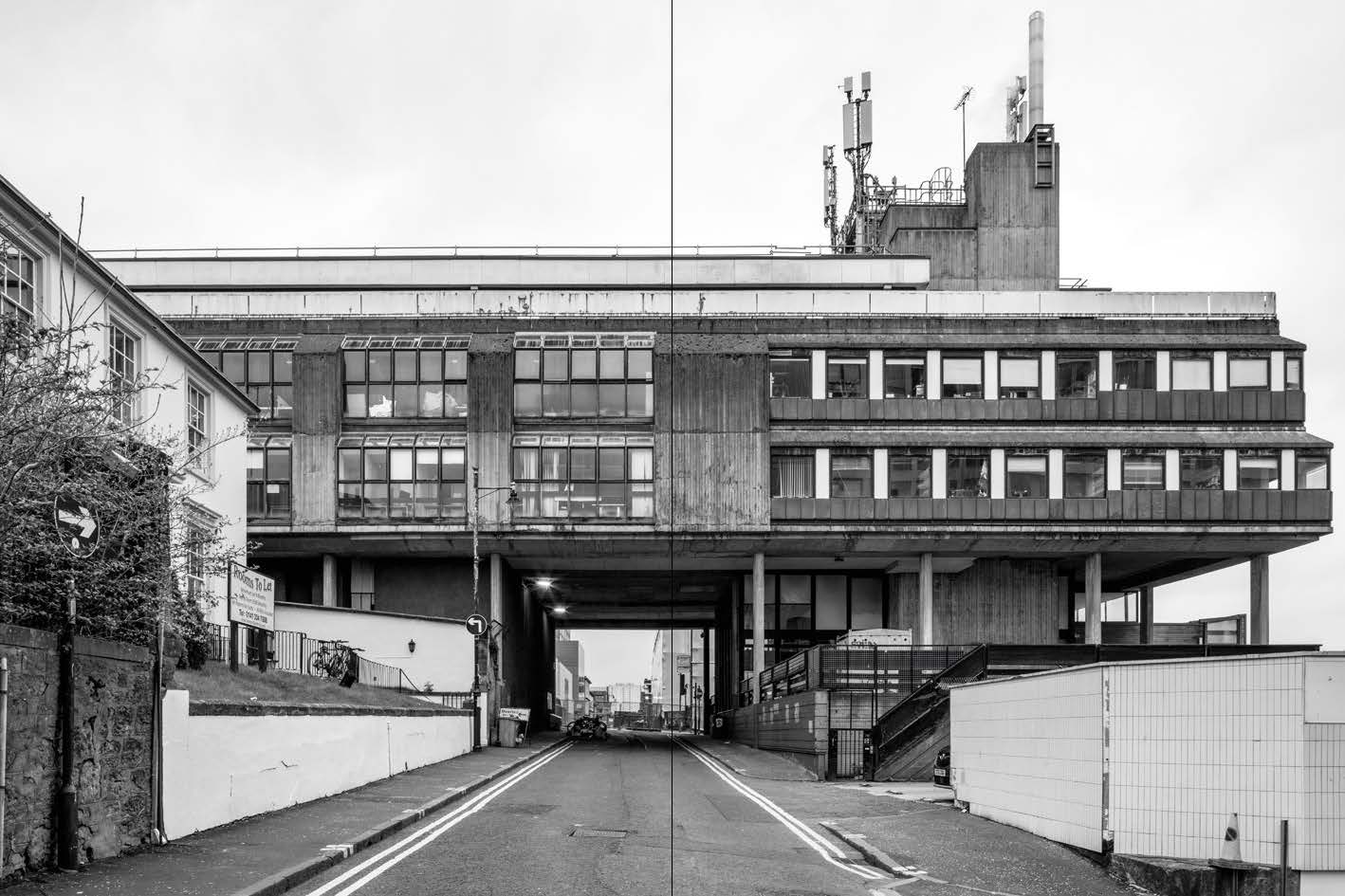 Celebrate the angular joys of 'Brutal Scotland', a new book from Simon Phipps
Celebrate the angular joys of 'Brutal Scotland', a new book from Simon Phipps'Brutal Scotland' chronicles one country’s relationship with concrete; is brutalism an architectural bogeyman or a monument to a lost era of aspirational community design?
-
 A new Tadao Ando monograph unveils the creative process guiding the architect's practice
A new Tadao Ando monograph unveils the creative process guiding the architect's practiceNew monograph ‘Tadao Ando. Sketches, Drawings, and Architecture’ by Taschen charts decades of creative work by the Japanese modernist master
-
 Around the world in brutalist interiors – take a tour with this new book
Around the world in brutalist interiors – take a tour with this new book'Brutalist Interiors' is a new book exploring the genre's most spectacular spaces; we speak to its editor Derek Lamberton, and ask for his top-three must-sees
-
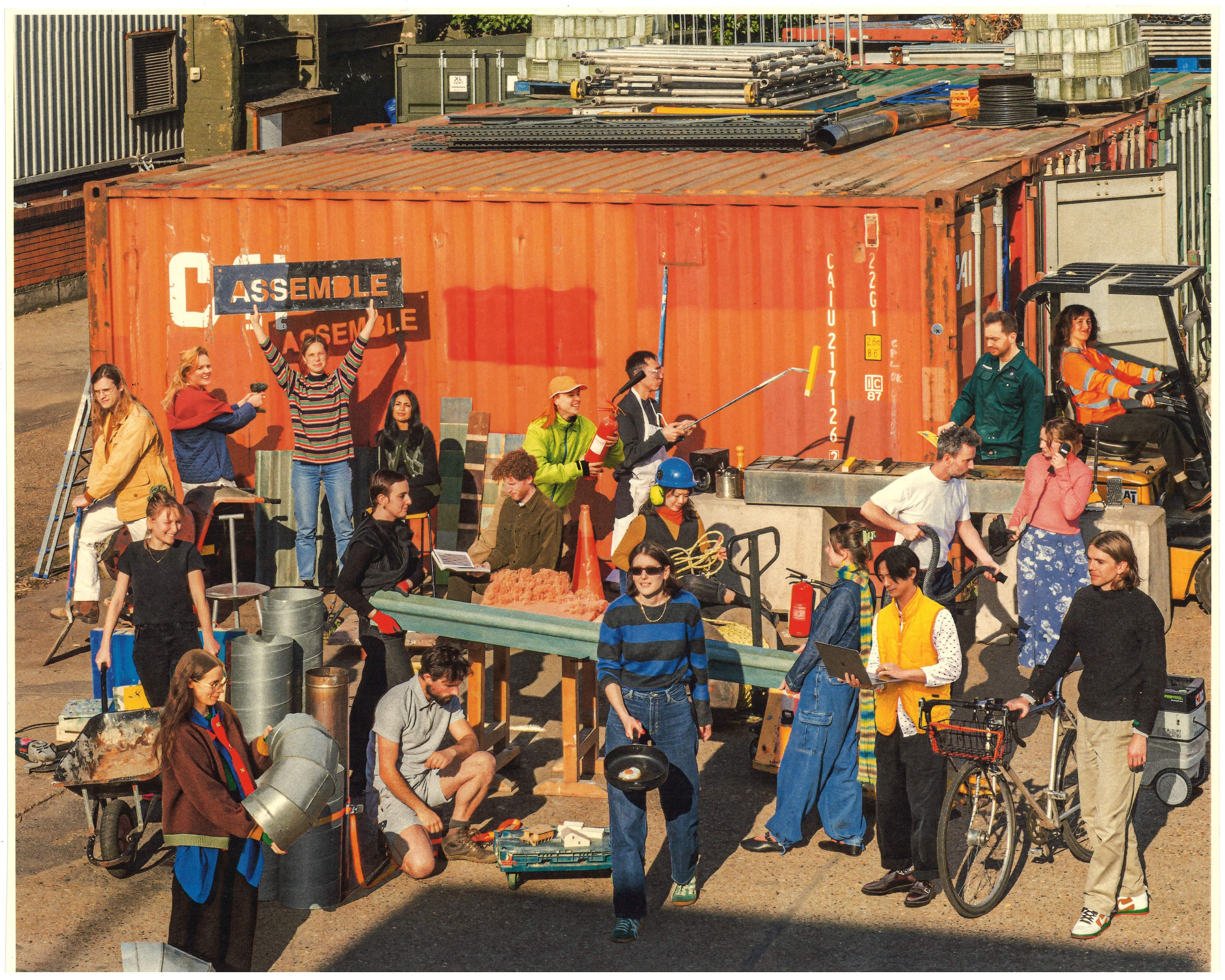 15 years of Assemble, the community-driven British architecture collective
15 years of Assemble, the community-driven British architecture collectiveRich in information and visuals, 'Assemble: Building Collective' is a new book celebrating the Turner Prize-winning architecture collective, its community-driven hits and its challenges